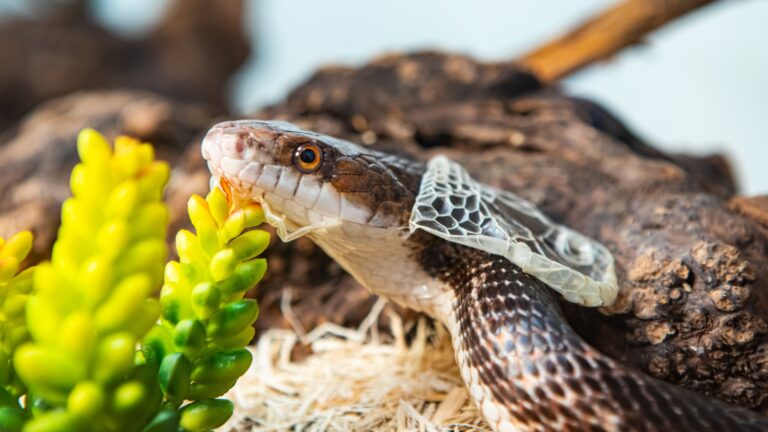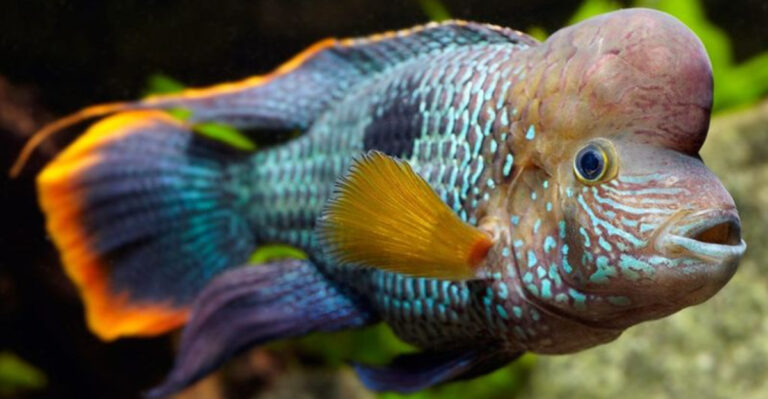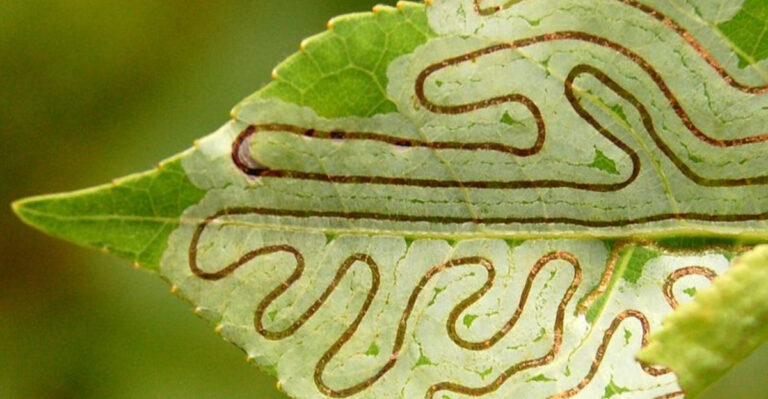10 Endangered Animals In North America (And 4 That Went Extinct In The Last 20 Years)
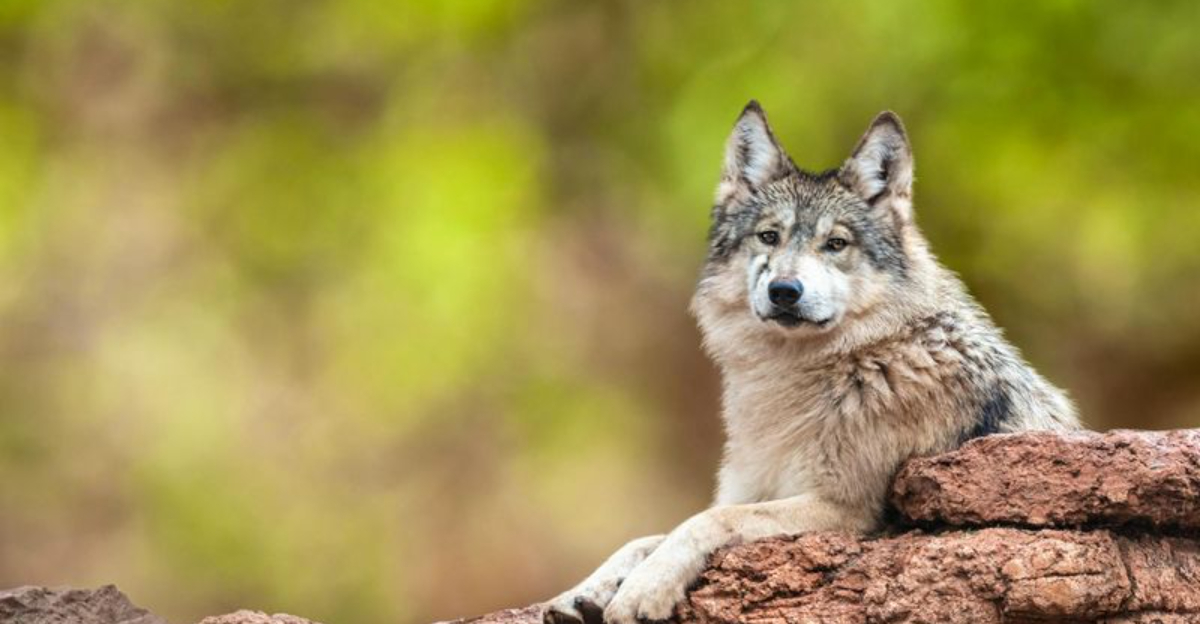
Our continent’s wildlife faces unprecedented challenges from habitat loss, climate change, and human activity. Right in our backyard, numerous species teeter on the brink of disappearing forever, while others have already vanished despite conservation efforts. Understanding these vulnerable animals helps us recognize what’s at stake and how our actions directly impact the delicate balance of North American ecosystems.
1. Florida Panther
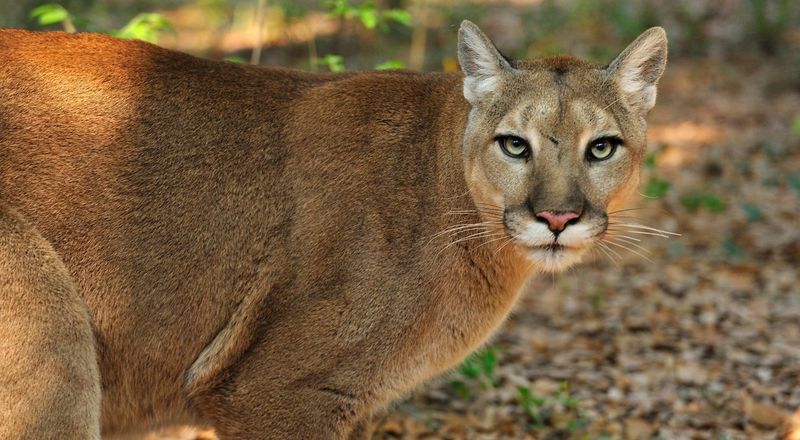
Once nearly wiped out with just 20 individuals remaining in the 1970s, these tawny cats now number around 200 in the wild. Their recovery remains fragile as urban development squeezes their territory.
Road collisions claim dozens yearly, while genetic issues from inbreeding continue to threaten their future. Conservation efforts include wildlife crossings and genetic restoration programs.
2. North Atlantic Right Whale
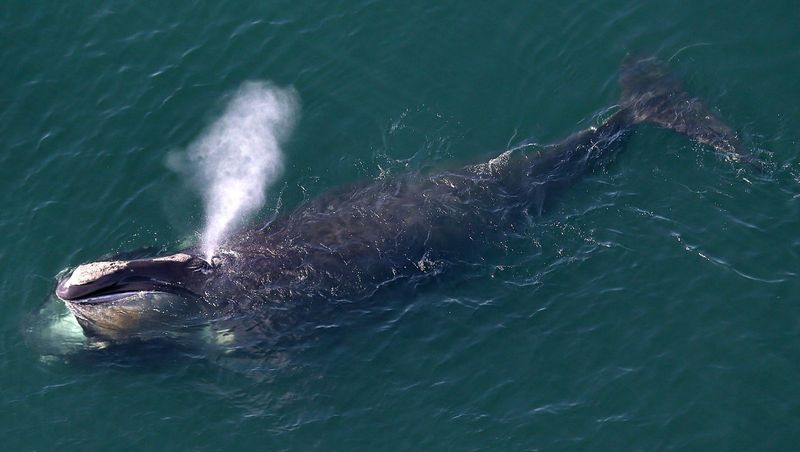
Fewer than 350 of these magnificent creatures remain in our oceans. Massive and slow-moving, they’re perfect targets for ship strikes and fishing gear entanglements.
Each female gives birth to just one calf every 3-5 years, making population recovery painfully slow. Their distinctive white callosities (rough patches) on their heads are unique as fingerprints, helping researchers identify individuals.
3. Mexican Gray Wolf
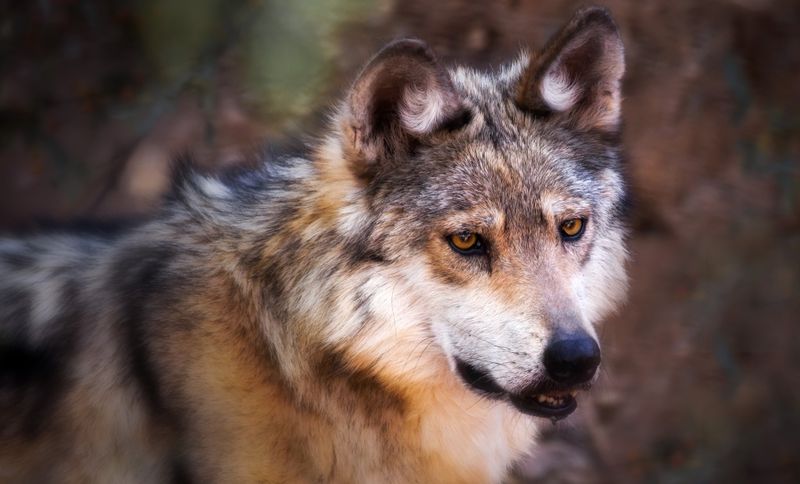
The rarest wolf subspecies in North America almost disappeared completely in the 1970s. After intense reintroduction efforts, about 200 now roam the southwestern borderlands.
Smaller than their northern cousins, these social predators live in tight-knit family packs. Human-wildlife conflict remains their biggest threat, as ranchers often view them as enemies rather than essential ecosystem engineers.
4. California Condor
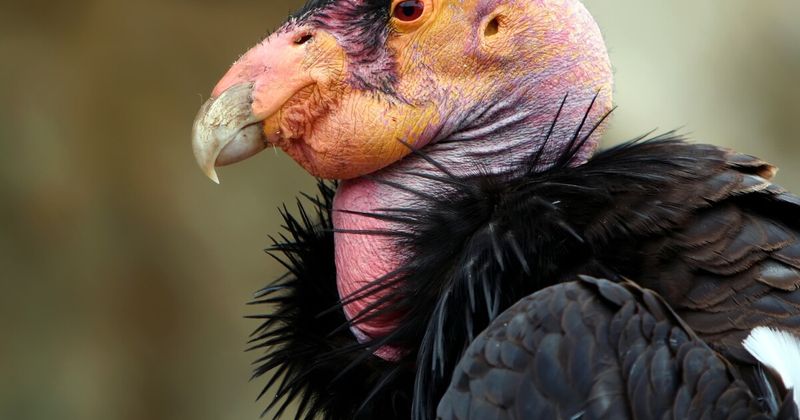
With a wingspan stretching nine feet, these prehistoric-looking birds once numbered just 22 individuals worldwide. Lead poisoning from ammunition in scavenged carcasses nearly wiped them out completely.
Every surviving condor has been tagged and monitored in captive breeding programs. Their population now reaches over 300, but recovery remains precarious as these majestic scavengers produce just one chick every two years.
5. Kemp’s Ridley Sea Turtle

The smallest and most endangered sea turtle species faces multiple threats across its Gulf of Mexico range. Famous for their synchronized nesting events called “arribadas,” thousands once came ashore simultaneously.
Now just a fraction return to lay eggs. Oil spills, fishing nets, and beach development have devastated populations. Conservation efforts include protected nesting beaches and special fishing gear that allows trapped turtles to escape.
6. Whooping Crane
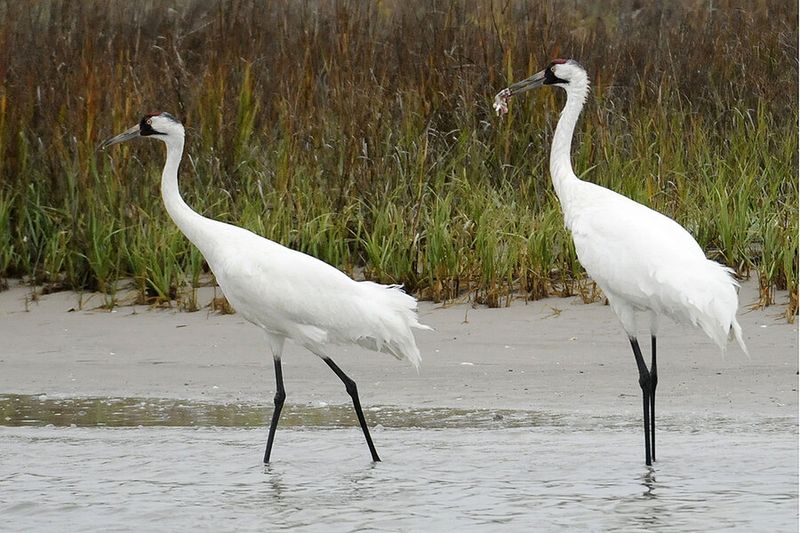
Standing five feet tall with striking white plumage, these majestic birds perform elaborate courtship dances that include jumping, wing-flapping, and bowing. Their population crashed to just 15 birds in 1941.
Today, around 800 exist thanks to intensive conservation. Young cranes learn migration routes from ultralight aircraft piloted by humans in bird costumes! Their distinctive calls can be heard for miles across wetlands.
7. Monarch Butterfly
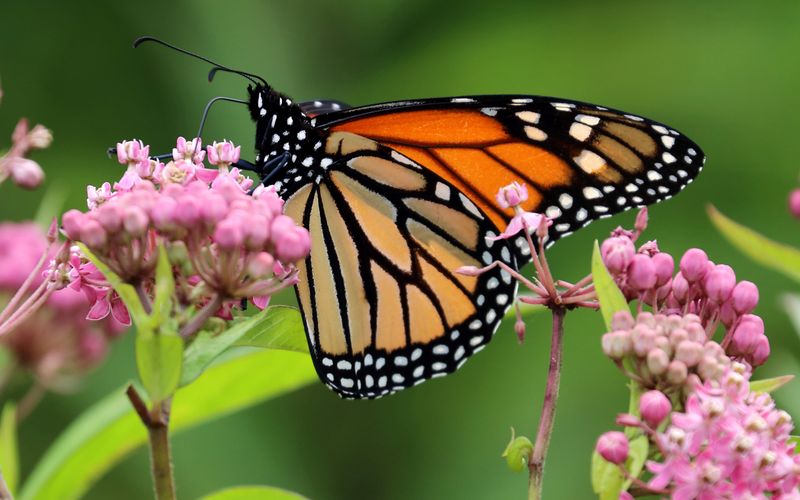
Famous for their epic 3,000-mile migration from Canada to Mexico, these orange-winged insects have declined by 80% in recent decades. No single butterfly completes the entire journey—it takes multiple generations.
Milkweed plants, the only food monarch caterpillars eat, are disappearing due to agricultural practices. Climate change disrupts their precisely timed migration patterns, while logging threatens their Mexican winter sanctuaries.
8. Polar Bear
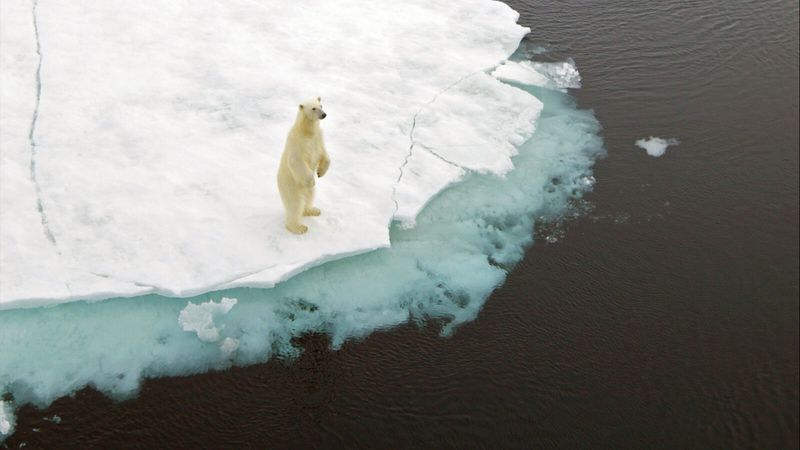
Masters of the Arctic are losing their hunting grounds as sea ice melts earlier each spring and forms later each fall. These massive predators rely on ice platforms to hunt seals, their primary food source.
Swimming distances between ice floes grow longer each year, exhausting bears and leaving cubs vulnerable. Some populations have declined 40% in recent decades as the Arctic warms at twice the global rate.
9. Sonoran Pronghorn
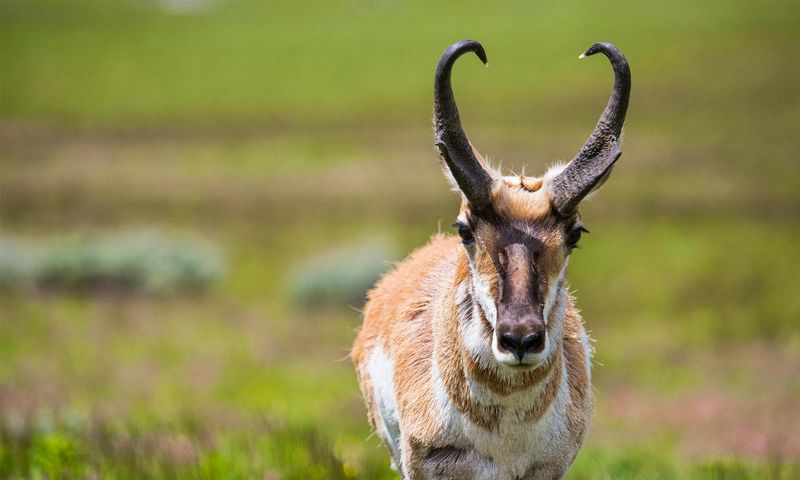
Built for blistering speed, these desert antelope can sprint at 60 mph across the southwestern deserts. Drought nearly wiped them out in 2002, leaving just 21 animals in the United States.
Recovery efforts, including captive breeding and water hole construction, have boosted numbers to about 400. Border wall construction has fragmented their habitat, preventing natural movement patterns that helped them survive in harsh desert conditions for thousands of years.
10. Delta Smelt
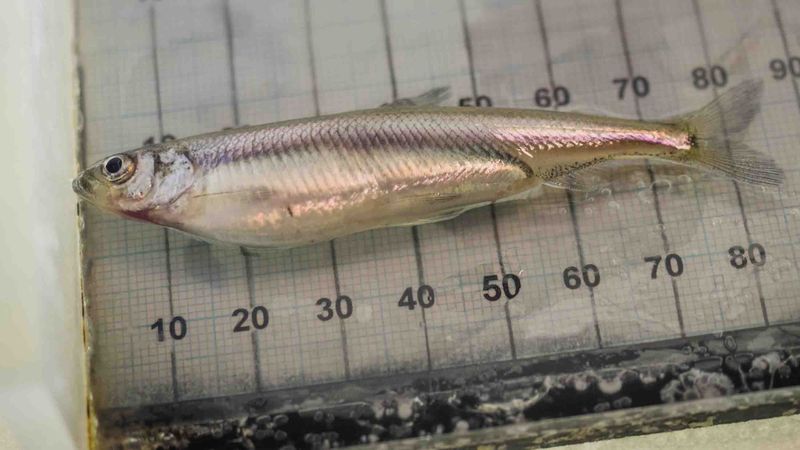
Barely three inches long, these translucent fish serve as crucial indicators of California’s water health. Once abundant in the Sacramento-San Joaquin Delta, they’ve crashed to near-extinction as water is diverted for agriculture.
Their decline represents the collision between human water needs and ecosystem health. Finding none in recent wild surveys, scientists fear they may already be functionally extinct in the wild, surviving only in captive breeding facilities.
11. Vaquita Porpoise
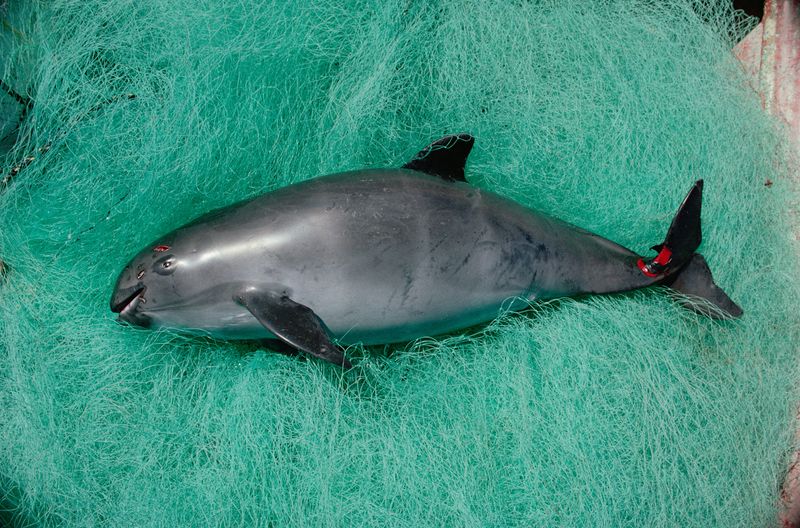
Fewer than 10 of these tiny porpoises remain in Mexico’s Gulf of California. About the size of a human child, they’re recognized by distinctive dark eye rings and mouth markings.
Never intentionally hunted, they die as bycatch in illegal fishing nets set for totoaba fish, whose swim bladders fetch astronomical prices in Chinese markets. Despite international protection efforts, their population continues to plummet toward inevitable extinction.
12. Eastern Cougar
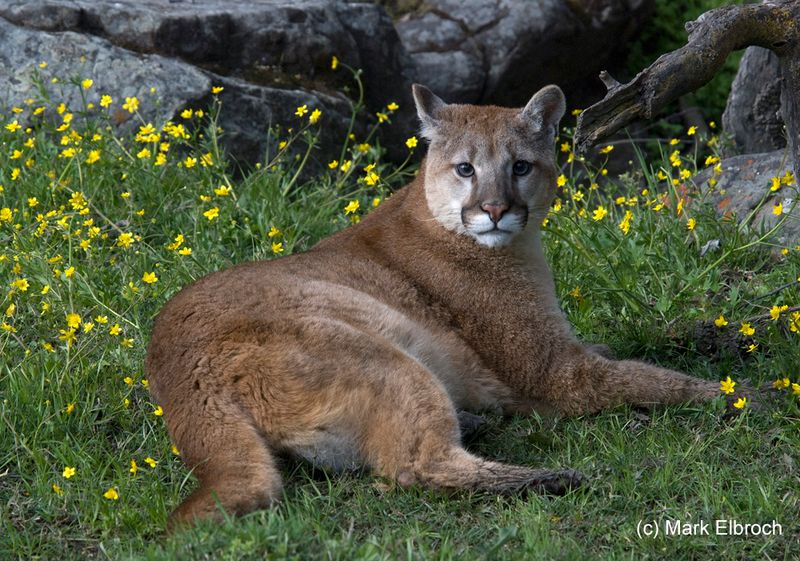
Officially declared extinct in 2018, these stealthy predators once roamed forests from Michigan to Maine. The last confirmed sighting came in 1938, though reported glimpses persisted for decades.
Systematic hunting and habitat destruction drove their decline throughout the 19th century. Their disappearance altered forest ecosystems as deer populations exploded without natural predators. Western cougar subspecies now appear to be slowly expanding eastward into former eastern cougar territory.
13. Caribbean Monk Seal
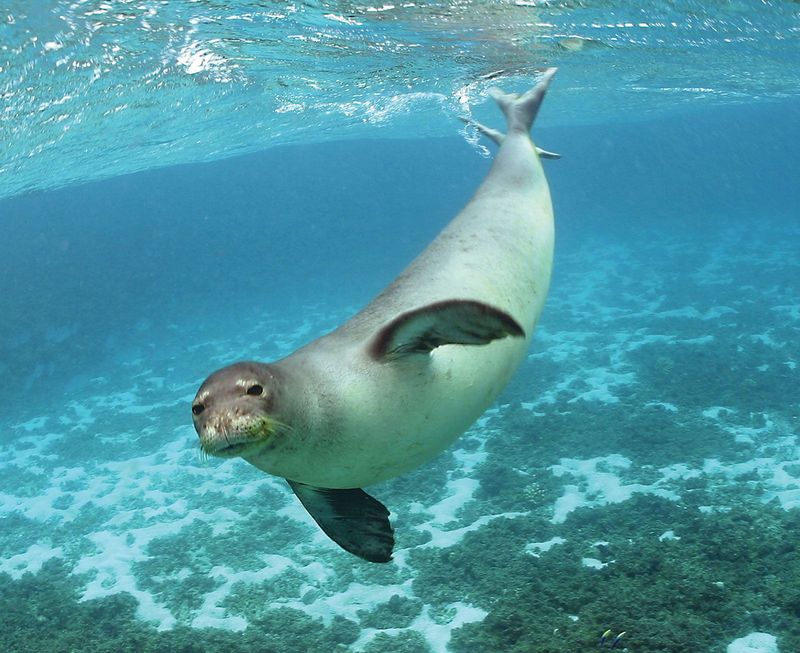
The only seal native to the Caribbean Sea vanished forever in 2008 after decades without confirmed sightings. Columbus’ sailors hunted them during early explorations, beginning centuries of exploitation.
Nicknamed “sea wolves” by early explorers, these gentle mammals were slaughtered for their oil, meat, and hides. Their disappearance marks the only seal species humans have driven to extinction, leaving behind empty beaches once used as haul-out sites.
14. Bachman’s Warbler
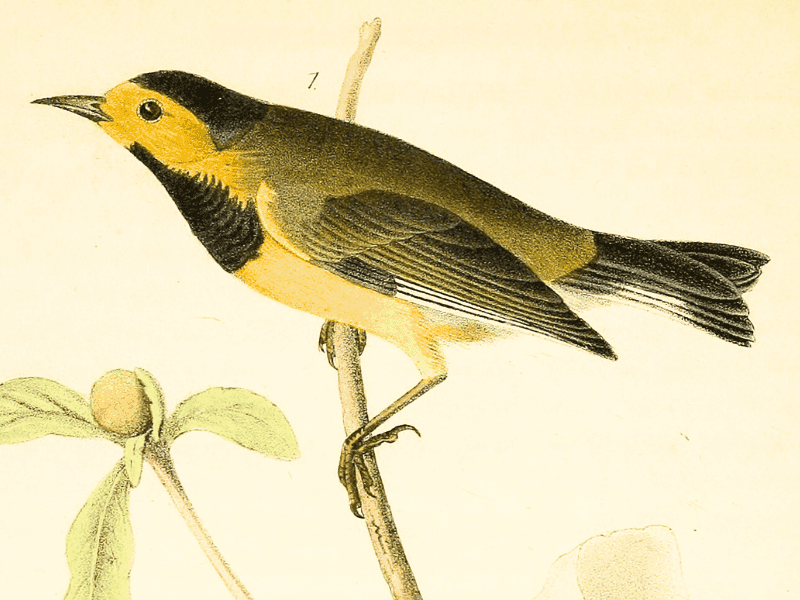
Last photographed in 1958 and officially declared extinct in 2021, this small yellow-and-black songbird once flitted through southeastern swamp forests. Their distinctive buzzy songs fell silent as bottomland forests were cleared for agriculture.
Among the rarest birds in North America even before disappearing completely, they migrated between the southeastern United States and Cuba. Loss of winter habitat in Cuba, combined with destruction of breeding grounds, created a deadly one-two punch for these delicate birds.
15. Western Black Rhinoceros
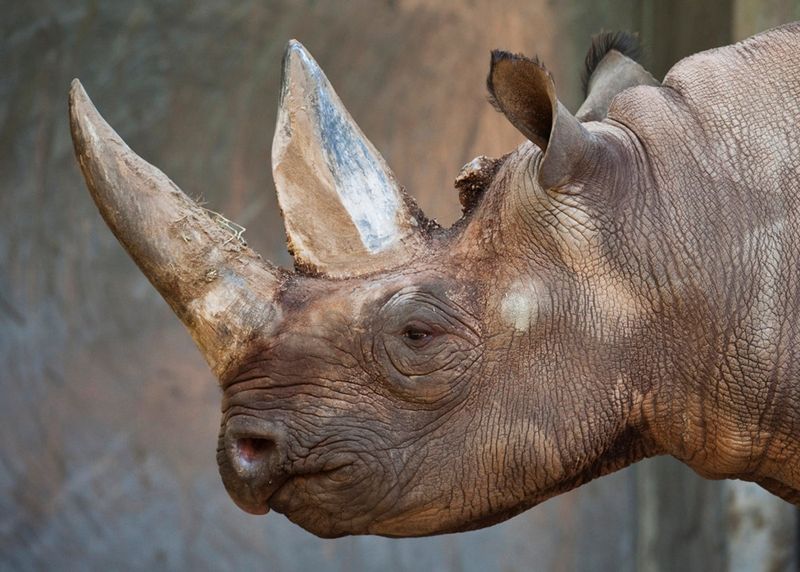
Declared extinct in 2011, these massive herbivores once roamed multiple African countries. The last North American zoo specimens died decades earlier, leaving many Americans unaware of their existence until their final disappearance.
Relentless poaching for their horns, valued in traditional medicine despite being made of keratin (like fingernails), sealed their fate. Their extinction represents a sobering reminder that even seemingly abundant species can vanish within a human lifetime when exploitation outpaces reproduction.


